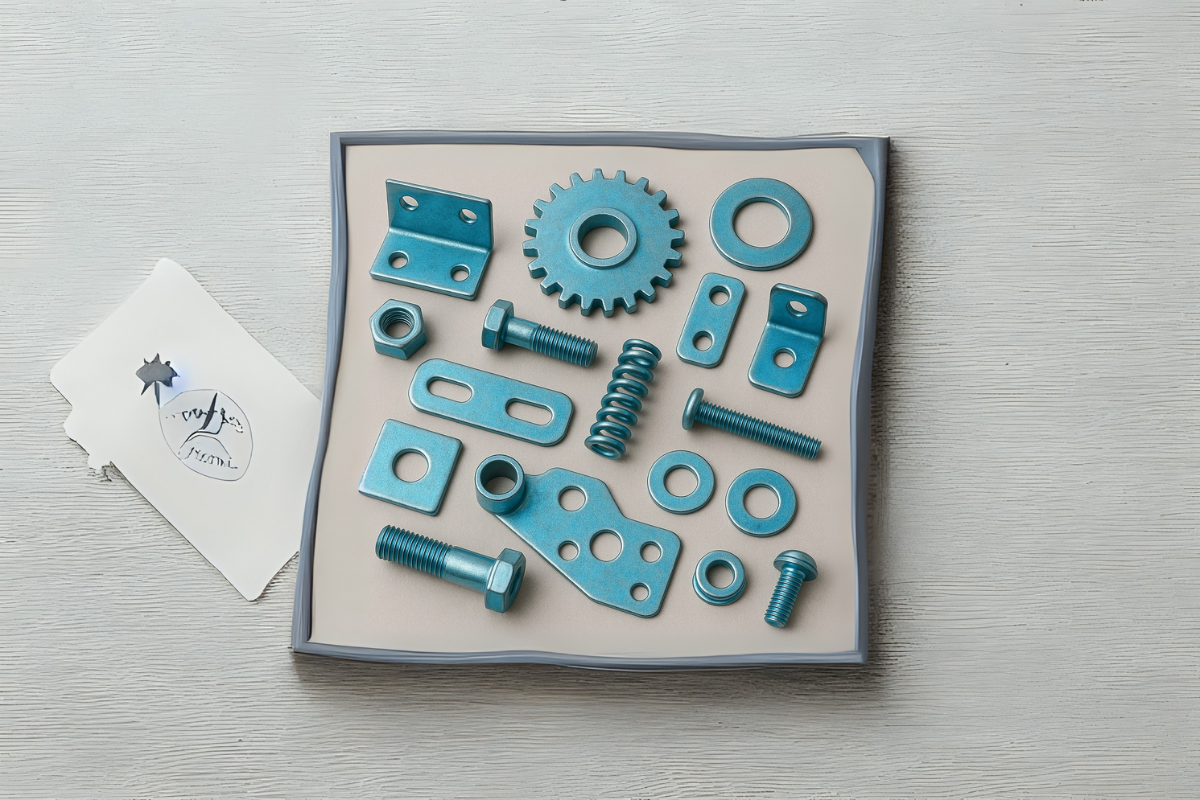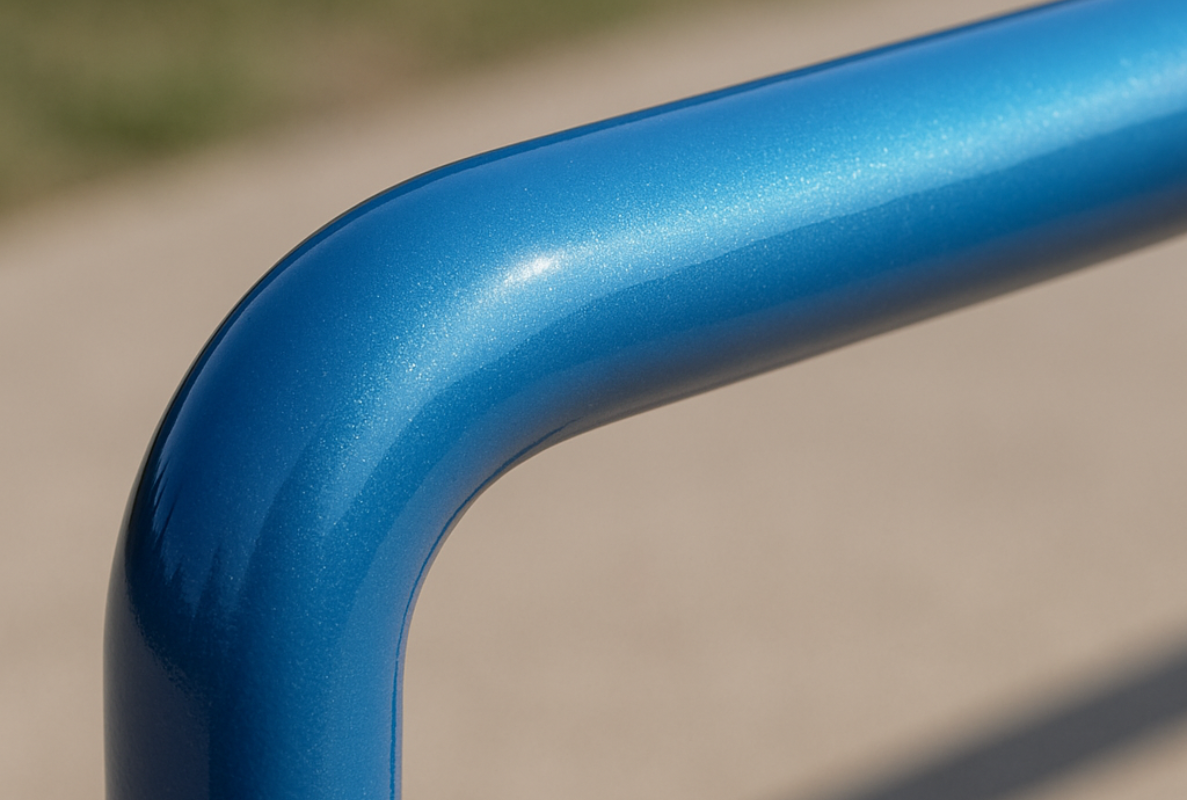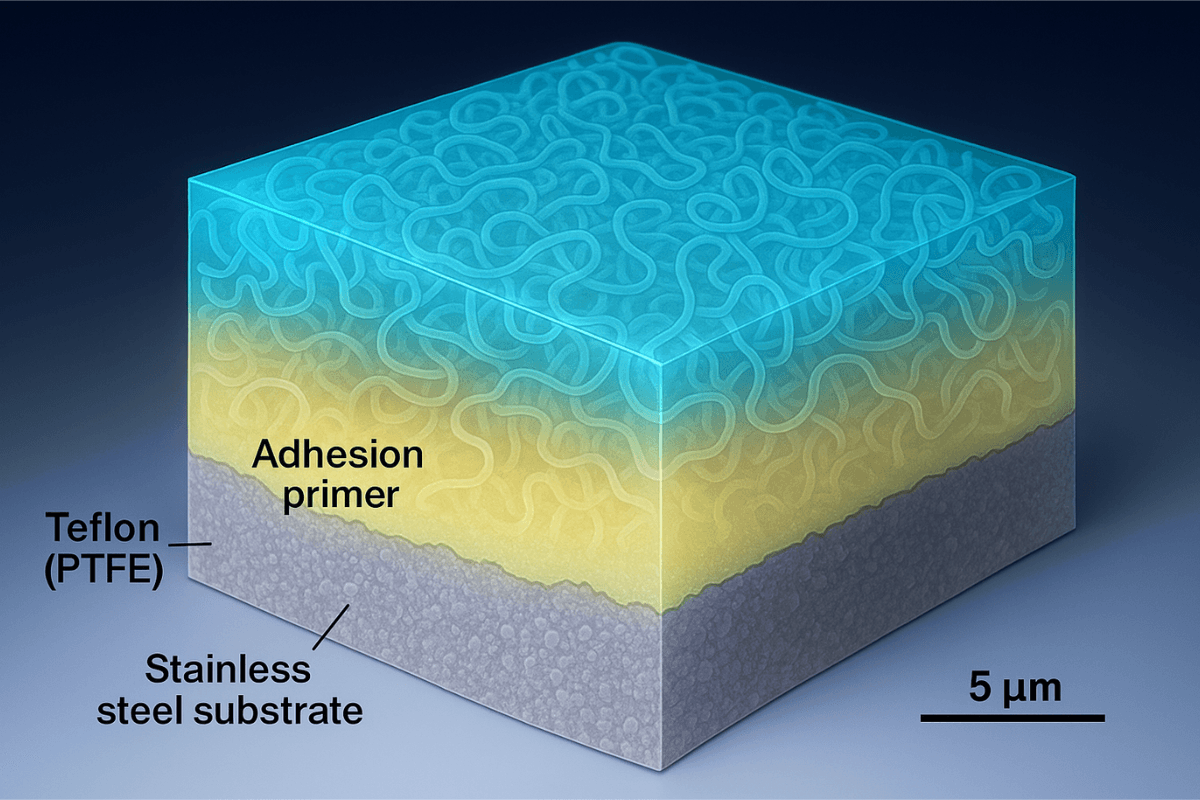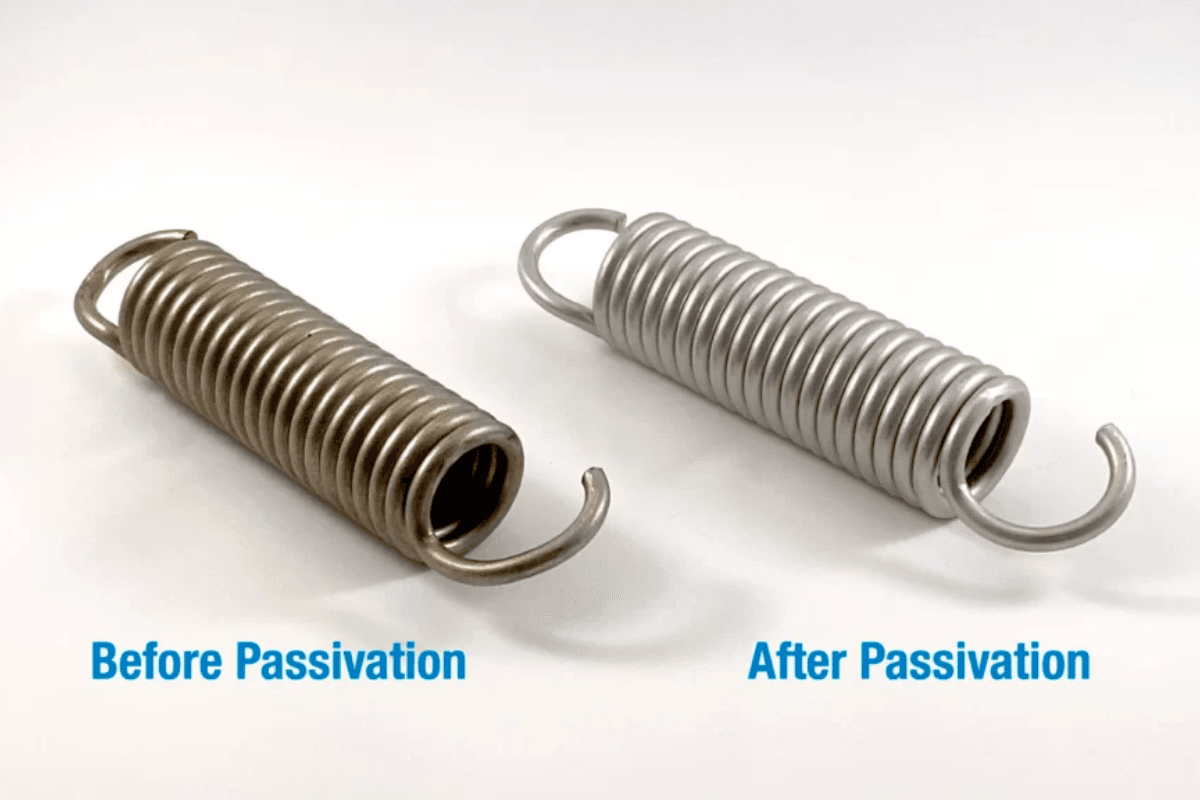Zinc coating is changing the landscape of metal protection as cutting-edge galvanizing techniques introduce groundbreaking advancements across various industries.
Modern upgrades in the hotdip process prioritize sustainability and have become central to building long-lasting infrastructure on a global scale.
Renowned steel reinforcement endeavors, such as the California College of the Arts expansion and the Harley-Davidson Museum, underscore the importance of galvanic action in promoting structural integrity and enduring performance.
A focus on superior surface finish and enhanced zinc coating drives the evolution of infrastructure safeguarding, bridging toward innovative materials science.
Next, delve into the transformative properties of zinc that fuel this industry shift, paving the way for advanced metallic bonding and industrial coating solutions.
Click here to learn more about: wit.cool
Exploring Zinc Coating Benefits
The protective layer formed by zinc coating is fundamental to ensuring metal durability through robust corrosion resistance.
By employing a complex metallurgical process, zinc establishes a shield against rust, enhancing steel preservation and advancing innovative rust prevention techniques.
Whether applied for automotive protection or construction durability, zinc’s capability to develop a resilient zinc oxide layer is pivotal in decelerating oxidation.
- Corrosion resistance significantly prolongs the life of metals.
- The role of zinc in industrial coating, infrastructure safeguarding, and antirust measures is indispensable to modern engineering.
This perpetual attribute underscores zinc’s dual function as both a defensive barrier and a catalyst of technological progress across various fields.
What is Corrosion Resistance?
Corrosion resistance is fundamentally about a material’s capacity to withstand deterioration due to environmental factors such as moisture, chemicals, and oxygen. This property is crucial for metal protection and extending the lifespan of metals, especially steel preservation.
Galvanizing, particularly the hot-dip process, significantly elevates a material’s corrosion resistance by applying a robust zinc coating.
This coating serves as a powerful protective layer against rust.
In contrast to other methods like electroplating, galvanizing provides a sacrificial quality; the zinc layer corrodes first, thus safeguarding the underlying steel and ensuring its longevity improvement.
- Cathodic protection is achieved through galvanic action, where the zinc acts as the anode, protecting steel from rusting.
- Compared to other anticorrosive treatments, galvanizing boasts longer lifespan and resilience, minimizing maintenance costs.
Hot-Dip Process Explained
Among various metal protection techniques, hot-dip galvanizing is unrivaled in its ability to combine durability enhancement with cost-effectiveness. The process commences with thorough steel treatment and cleaning before immersing the prepared steel in a molten zinc bath.
The Galvanizing Process
The resulting metallic bonding creates a zinc-iron alloy, which provides extensive environmental shielding against atmospheric and chemical deterioration. Historically, this process has been used for around two centuries, revolutionizing industrial protection.
Benefits Over Other Methods
While alternatives like powder coating or painting often fail to cover intricate surfaces, hot-dip galvanizing ensures a uniform surface finish that enhances both construction durability and automotive protection.
- The metallurgical process forms a strong bond ensuring structural integrity and resilience under stress.
- This method improves both the aesthetic and practical aspects of materials, supporting infrastructure and automotive protection.
Corrosion Resistance
- The zinc coating in galvanizing acts as a sacrificial layer, corroding first to protect the underlying steel.
- Hot-dip galvanizing provides a uniform surface finish, enhancing both durability and visual appeal.
- Compared to other anticorrosive methods, galvanizing offers extended lifespan and reduced maintenance costs.
- Galvanizing has been a key industrial protection method for nearly 200 years, proving its reliability and effectiveness.
Metal Protection Techniques
A unique aspect of hot-dip galvanizing is its ability to enhance metal protection by submerging steel into a molten zinc bath. This process creates a metallic bonding that significantly boosts corrosion resistance.
Its durability enhancement makes it a choice method in construction durability and automotive protection.
In comparison, electroplating applies a uniform zinc coating that provides a thinner protective layer, fitting for electrical appliances and components that demand a smooth surface finish.
Sherardizing, utilizing a thermal diffusion process, employs zinc powder to ensure comprehensive coverage of intricate or small parts. Each technique promotes unique benefits like longevity improvement through hot-dip galvanizing, appealing surface aesthetics via electro-galvanizing, and robust structural integrity with sherardizing.
Examining these methods deepens the understanding of their role in rust prevention, explored in the subsequent section.
How Does Rust Prevention Work?
The science of corrosion resistance operates on an atomic level, where a robust zinc coating forms a protective barrier against environmental threats. Rust, resulting from the reaction of iron with moisture and oxygen, poses a significant threat to structural integrity.
During the galvanizing process, zinc not only blocks corrosive entities but also engages in galvanic action.
As a sacrificial anode, zinc offers cathodic protection, sparing the steel beneath—ensuring ongoing iron protection even when surfaces are scratched.
This antioxidation mechanism plays a pivotal role in infrastructure safeguarding, slowing down degradation and minimizing costly repairs. It supports sustainability in metals, facilitating long-term use in industrial and construction realms.
| Technique | Benefit |
| Hot-dip galvanizing | Enhanced corrosion resistance |
| Electroplating | Smooth surface finish |
| Sherardizing | Comprehensive coverage |
| Galvanic action | Ongoing iron protection |
Galvanic Action in Metals
A significant factor influencing metal longevity and corrosion prevention is galvanic action. It is a process whereby dissimilar metals make electrical contact through an electrolyte, resulting in corrosion.
The galvanic series ranks metals by their corrosion potential, assisting in the selection of safe pairings for long-term corrosion resistance and durability enhancement.
When applying a zinc coating through the galvanizing process, zinc acts as the anode and sacrificially corrodes to shield the underlying steel, thus enhancing metal protection and rust prevention.
The effectiveness of these techniques hinges on factors like electrolyte presence, environmental conditions, and metal pairings within the galvanic series. This underscores strategic approaches such as cathodic protection, passivation, and protective coatings engineering for superior metal durability.
Steel Treatment Innovations
Transformative steel treatment advancements now enhance product surface finish and reliability in industrial and infrastructure applications. These modern innovations include:
- Nitriding and Carburizing processes: Enhance durability and metal reinforcement by forming hard, wear-resistant layers on the metal surface.
- Cryogenic treatment: Significantly improves fatigue resistance, leading to prolonged structural integrity and effective anticorrosive treatment.
- Nanotechnology applications: Create protective coating layers at the molecular level, enhancing corrosion resistance and maximizing service life in demanding settings.
These developments keep steel preservation in line with rising standards for infrastructure safeguarding and environmental protection.
| Galvanic Action Benefits | Steel Treatment Innovations |
| Enhances metal protection and rust prevention | Improves surface finish and reliability |
| Utilizes zinc coating for corrosion resistance | Incorporates nitriding and carburizing for durability |
| Relies on strategic approaches for durability | Employs nanotechnology for superior protection |
What is Zinc Immersion?
Zinc immersion involves the chemical process of submerging metal objects into a molten zinc bath. This immersion forms a uniform and durable protective layer, providing significant corrosion resistance.
The resulting metallic bonding between zinc and the base metal offers excellent rust shielding.
Advantages of Zinc Immersion
The durability coating created by zinc immersion is both cost-effective and remarkably consistent in its surface finish.
Its role as a corrosion inhibitor ensures metal durability, offering antirust benefits and cathodic protection.
These features make it ideal for infrastructure safeguarding and steel preservation.
Did you know? The protective barrier formed through zinc immersion is employed in various sectors, including automotive protection and maritime defense, due to its effectiveness in environmental shielding.
| Feature | Benefit |
| Chemical Process | Forms a protective layer |
| Corrosion Resistance | Ensures metal durability |
| Cost-Effective | Consistent surface finish |
| Environmental Shielding | Used in automotive and maritime sectors |









